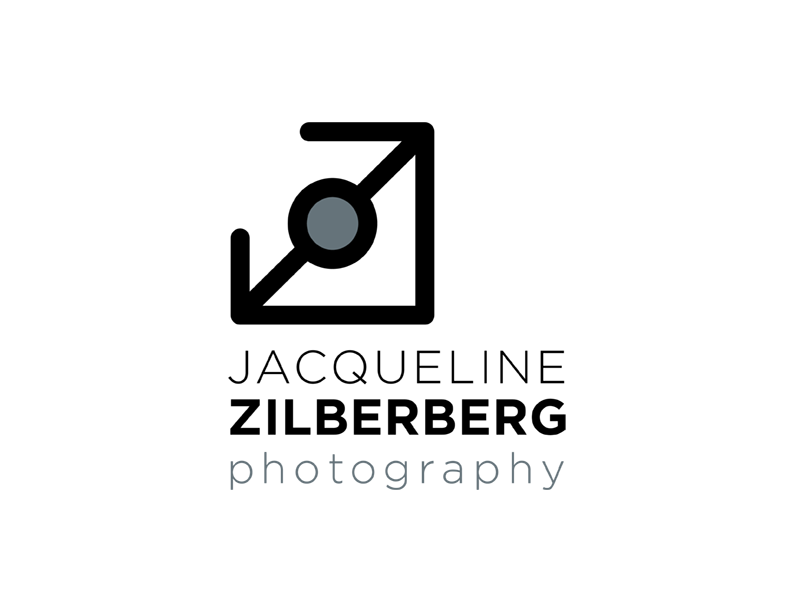Lifting Up
In my ongoing project, started during the pandemic, I work with New York City dancers in urban public spaces. The photographs of dance improvisations, accompanied by the dancers’ own words, trace the resuscitation of the dancers and their practice when, in the absence of colleagues and audiences, they reinvented their relation to their bodies and to the discipline of dance. The project, “Lifting Up,” consists of images of unregulated vibrant small-scale human beings giving birth to themselves within sometimes permissive, sometimes overbearing public spaces. The dancers are soaring, cramped, tormented, jubilant, self-involved, tender, curious. In urban, often rough, spaces, that don’t easily shelter or cradle a human being, these dancers jump out as alive, “there,” present, fully aware, complex, full of intelligence and desire. The work celebrates the unscripted and intensely personal act of self-invention. The city takes on a full range of “faces” and the dancers display their unique responses to the city in which they live.
No longer here, but still not there
These photographs capture the flicker of vulnerability, the delicate balance between innocence and self-consciousness of one’s power. There are hundreds of nuances in regard, in being known or looked at, desired, refusing the look, keeping guard over one’s privacy, willingness to enter an encounter, tentativeness about one’s beauty, all revealed in these portraits of people on the cusp between childhood and adulthood.
A growing desert
In the summer of 2014, photographer Jacqueline Zilberberg and writer Liliana Lara, both from Venezuela, met in Israel to collaborate on a project which combines images and words from the vision of those coming from afar. In this project, the protagonist is the desert.
A stone desert, free from the continuous movement of the sands.
This is the desert of Judea, on the way to the Dead Sea, in Israel. In this desert, changes take centuries to perform. The wind incessantly gnaws the stones until they are crested. You can even feel the texture’s static and lumpy form. And still, the desert expands, not only as an ecological catastrophe but as a Nietzsche kind of void. “Poor is he, who harbors the desert inside.”
These are the images of what we saw in this desert.
What first hit us was the aridity.
Because we come from tropical greenery, with abundance of water and bustle, this silence shuddered us.
We wish to show the meaning of this dried and colorless, open and never ending place, for somebody who grew in a jungle landscape.
In this desert there are trees, but they are growing artificially, with the help of waters brought from afar through long pipes. Other trees grow naturally, with stubbornness, waiting in the heat of death for a minuscule raindrop through the seasons.
This is not an inhabited desert. Humans left their mark through their buildings, their electric wires hanging over the winding roads, and their plowing and sowing at any cost.
The Judean desert is a seabed, and we walk the depth of this extinct, millennial and condensed sea. At the lowest and saltiest place on earth, what remains of this sea has been turned into spas and hotels, where cautious ladies bathe, soaking their bodies, wearing their plastic bathing caps.
Paradoxically, the sea of death serves as a therapeutic bath.
While looking at this Mexican cactus, completely detached from the surrounding nature, you can feel the artificiality of tourism, of the travelers, and of the beholder with estranged eyes.
Text by Liliana Lara

